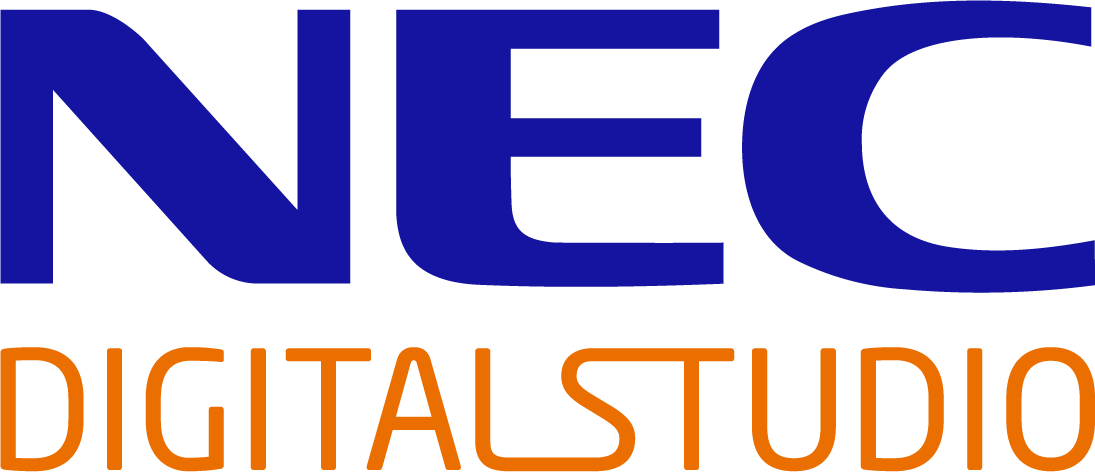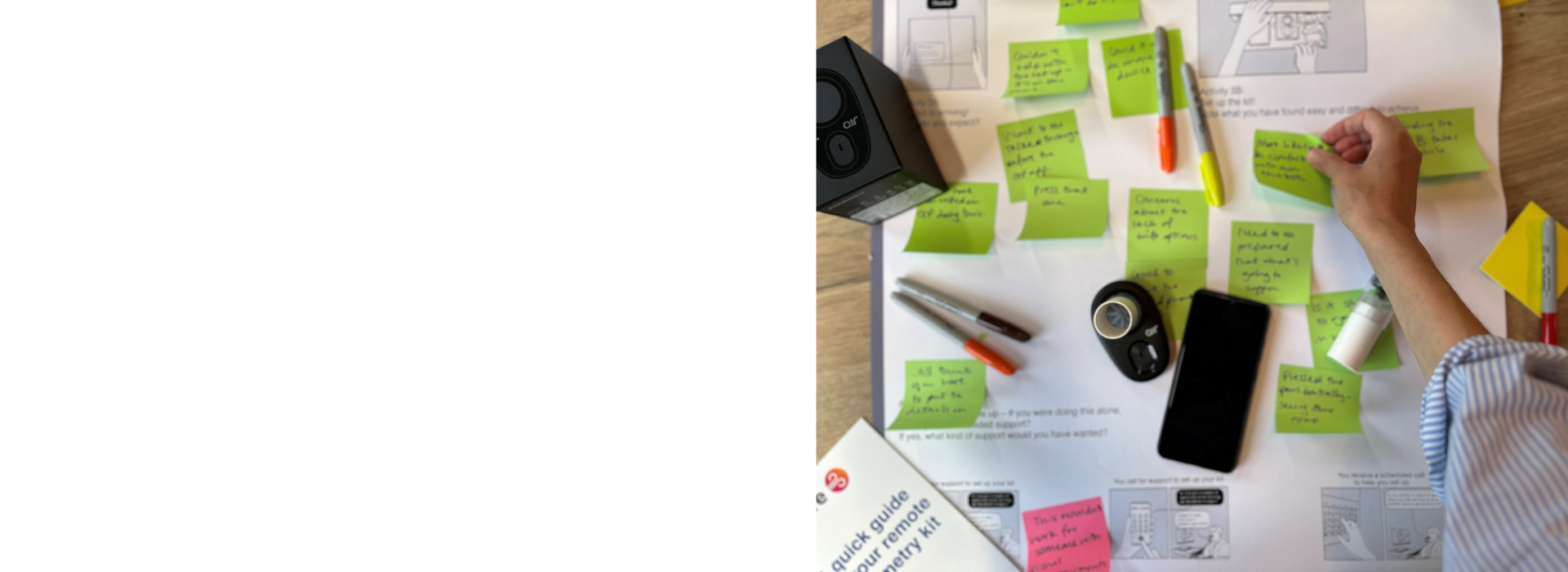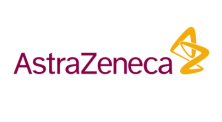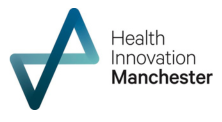The opportunity
We were tasked with creating a remote spirometry testing service,
designed to make a diagnostic lung-function test, usually only done in healthcare venues, available to do at home. To test how accessible the service was, we ran an inclusion panel with a diverse range of participants.
The results
By observing, and talking with, our participants during the inclusion panel, we gathered valuable insights into the perspective of service users with accessibility needs. These insights were blended with our inclusive design principles, our learnings from patients and healthcare users, and are now being used to inform future decision making and the service itself.
This Project has been developed as part of a Joint Working initiative between Health Innovation Manchester and AstraZeneca UK.
The problem to be solved
Inclusive by design
In our work with AstraZeneca designing a new remote spirometry service, we knew that creating an inclusive service was hugely important, not only for meeting client aims, but also to ensure that the future service can be used by as many people as possible.
But, due to the context of speaking with a limited number of patients using a test service, our initial engagement was not going to be representative of the diversity of patients who might need to do a spirometry test.
Including stakeholders
During the planning phase of this project, we worked with stakeholders to create a shared understanding of inclusive design and a phased approach to building an accessible service. Within these discussions, we often turned to the universal barriers framework as a tool to consider different lenses of accessibility. As part of this wider plan for inclusive design, we built into the project a day-long workshop which was focused on understanding the experiences of patients with disabilities and caring responsibilities.
The whole user journey
We started with this activity as we hypothesised that the prototype of the remote spirometry service could create different accessibility barriers to an in-person service and that there were tangible improvements we could make. We also knew that to scale the service, clinicians would require clear information on who would be able to access the service.
Using our knowledge of inclusion, and with the universal barriers to accessing services in mind, we designed the workshop to identify barriers to accessing remote spirometry and to further identify where users felt the service could be improved. During the workshop, we considered the whole user journey from noticing symptoms to how they would return the testing kit to the service provider.
The purpose of the inclusion panel was to enhance what we had already learned about the service from the patients testing it and to understand who a remote appointment service might work best for. We also wanted to hear about the pain points users experienced and their ideas about how they could be overcome, so we could make improvements to ensure the future service was as inclusive as possible.
What we did and how we did it
Preparing for inclusion
In preparation for the inclusion panel, our first consideration, and need, was that the workshop venue had accessible entry and was easy to get to by public transport.
After finding a suitable venue, we worked with recruitment partners to make sure that, not only, we had a group of participants with a variety of different ability levels and support needs but also were different races, genders, and ages. We ensured that remuneration was fair for the time the participants gave us, that lunch was provided, and travel to and from the venue was paid for.
To enable our recruitment agency to work effectively, we had to be clear about what we needed from participants and what they could expect from us, so that they would feel supported on the day.
“The insights you produced have really helped us understand the question ‘what do we need from the service’, but also that we don’t want anyone to have a challenge in using the service.”
– Shirley Sarker, Design Director – Diagnostics & Innovative Recruitment, AstraZeneca
Facilitation decisions
During our preparations in advance of the inclusion panel, we asked the participants, where they were happy to do so, to share, what disabilities they had. Once we had this information, our two lead facilitators were able to split the group according to their specialisms, one had done extensive work with people with hearing impairments and the other had facilitated workshops with participants with visual impairments in the past. After splitting the participants into lead facilitator groups, these group of eight were then sub-divided into groups of four. These smaller groups were created so that the participants were paired with others who shared common disabilities.
Making sure that we had the skills and sensibility to host a workshop with participants with a mix of abilities and disabilities was so important. Having a unjudgmental, frank conversation with the facilitators about their experience and skills in this area, set a precedent for supporting each other throughout the process.
This was done for two main reasons. Firstly, so we could focus on gathering people together who may have similar requirements – for example, those who were deaf needed more visual aids, while those who have visual impairments rely more on auditory support so, for ease of facilitation, they were not put in the same group. Secondly, we wanted to try and create groups that felt comfortable and open when discussing the barriers to access they faced; we felt that, by having people with overlapping abilities and disabilities, their shared understanding of the problems they might face as service users might make people feel at ease when sharing their experiences, and also work off each other to suggest solutions to the problems they faced.
Running the inclusion panel
On the day itself, we provided our participants with pre-prepared user-appropriate workshop materials to aid with the facilitation of the session. These materials included:
• large print information packs
• large print presentation pack
• large print questions and tasks
• feedback forms
Using these materials as guides, we took our groups through the whole user journey through the prototyped service, from the earliest point of experiencing symptoms and going to the GP to returning the remote spirometry test kit. For each new step in the service, we introduced the step as though we were telling the group a story where they were the central character, making the workshop feel a little more like a choose your own adventure story.
‘You are experiencing symptoms and decide to go to the GP. The GP says you might need a spirometry test and offers a home service – what kind of questions do you have for the GP before making your decision?’
Assisted by storyboards of each step in the service, we made the service come to life to provoke discussion and prompt decisions.
We discussed what people were pleased with, what barriers they felt they were experiencing, and any ideas they had for the future. We observed participants handle the respiratory test box for the first time and role-played the appointment procedure.
The results that were achieved
Impact of our inclusive approach
This workshop made waves within and outside the project. The outcomes from which led to us designing a more inclusive service and continues to influence our decision making throughout the next phase of design.
Prior to the workshop, we developed a series of inclusive design principles based on best practice and academic research as a tool to advocate for inclusion within the design decision making process. Our workshop insights enabled us to further develop these inclusion principles as a living document. The toolkit we created has been shared beyond the project team and are now being integrated into accessibility and inclusion work more widely within AstraZeneca, for example on clinical trials they run.
The framework and tools we produced for this workshop have also been used and replicated in another team project within AstraZeneca. This workshop wasn’t specifically inclusion focused but used our work as an exemplar of what an accessible workshop looks like. The work we put into our inclusion panel and the materials it produced, has also further developed our internal policies that all workshops we hold should be accessible and inclusive.
In advocating for this kind of work, we have restated and reinforced our belief that inclusivity should be at the centre of the design process and has shown our client how valuable accessibility and inclusion considerations can be for ensuring quality outcomes.
About NEC Digital Studio
At NEC Digital Studio, we’re experts in user-centred research and design, connecting deep strategic thinking with design to tackle the most complex challenges. If you would like to know how we can help your organisation, get in touch with us through our contact us page.
Further reading
The go-to guide on all things NEC Digital Studio, our playbook gives you an in-depth insight into how we do things and how we can work together. Read the playbook here.




